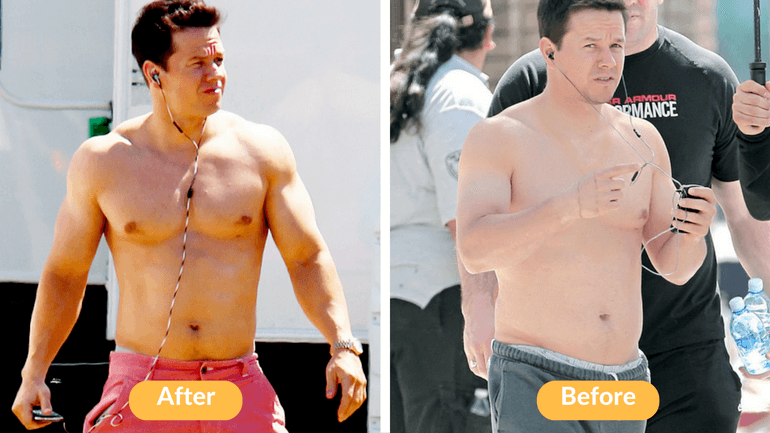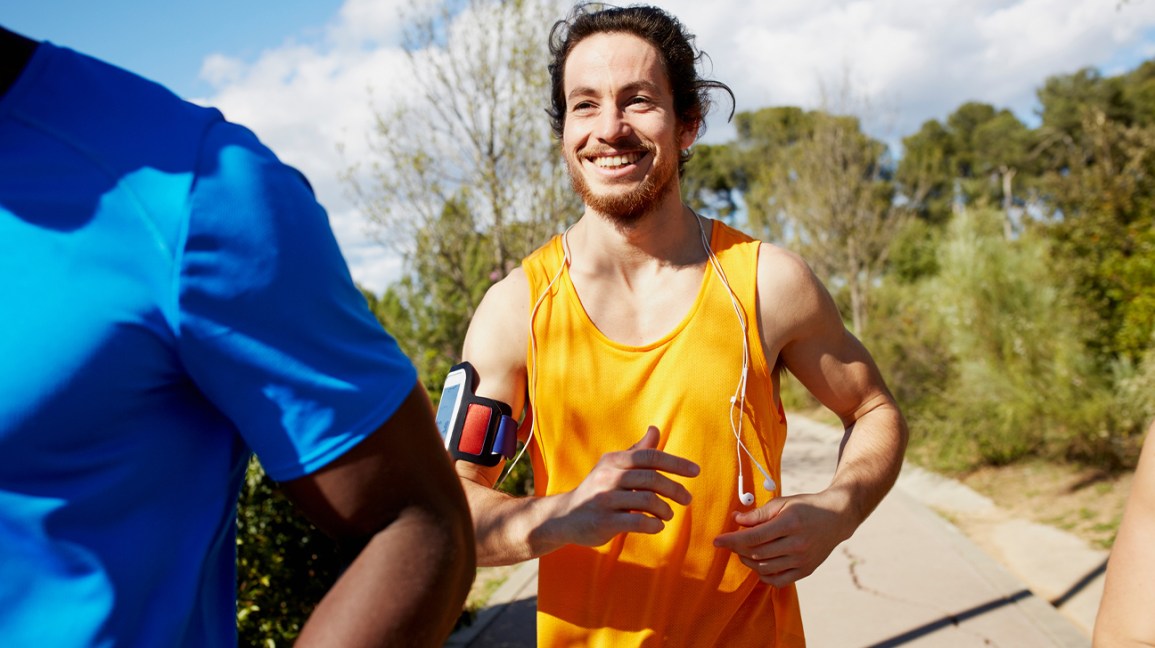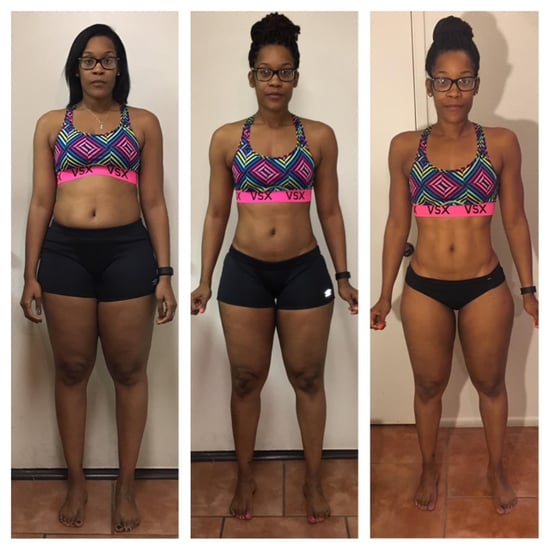
Did you know that some types of skiing burn more calories then others? This article will examine the differences between cross country and downhill skiing and explain how they differ in terms of their physical demands. Another way to increase your calories is by off-piste skiiing. This activity is much more challenging than traditional skiing, so you can expect to burn more calories during this type of exercise. You might consider taking up skiing as an exercise option.
Skiing uphill burns more calories
Skiing is best done uphill than downhill. However, you must be aware of several factors that affect calorie burn during skiing. This will allow you to optimize your workout and reap the benefits of your skiing. Here are some key factors to be aware of:
An average cross-country skier will burn approximately 550 calories every hour. The most intense form of skiing, known as skate skiing, can burn up to 1,100 calories per hour. Nordic skiing offers a more strenuous form of skiing. They can burn about the same calories as standard skiers. Nordic skiing is a hike up steep hills. Nordic skiing is about the same as running so make sure you include moderate calories in your daily meals.

Downhill skiing burns less calories
Skiing has many variables that can affect the amount of calories burned. Because downhill skiing involves both aerobic and anaerobic exercise, it is one of the most efficient winter sports for calorie reduction. Harvard Medical School has conducted numerous studies that showed that downhill skiing can help you burn 532 calories an hour. The number of calories burned during this activity is directly proportional to body weight, so skiers who are overweight should take note of their diet when planning their skiing schedule.
Experts suggest that beginners spend one hour on the ski slopes before learning downhill skiing. Skiers should practice dynamic turns to strengthen their core muscles, and increase their flexibility. Poles can be used to help them gain momentum on the mountain. Although beginners may burn less calories than more experienced skiers, the workout overall is more intense and results more calories being burned. A fitness program specifically designed for downhill skiing will help you get the most out of your downhill skiing sessions.
Cross-country skiing burns a lot more calories than downhill ski
Cross-country skiers are a great option if you want to burn more calories skiing. For a 150-pound person, the same effort required by a skilled cross-country skier can result in 500 calories per hour. Cross-country skiing demands you to work harder, so you'll burn less calories.
Harvard Health Publications says that cross country skiing burns about 1,000 calories an hour. That's almost twice as much as downhill ski. Also, snowshoes are an option. The difficulty level will determine how many calories the average person burns per hour. CPA provides only estimates for some sports, like freestyle snowboarding.

Off-piste skiing requires more physical effort
Off-piste Skiing requires more technical skill and more confidence when adapting to mountain conditions. It also requires the mastery of a variety of skiing techniques, from short turns to controlling speed within a narrow corridor. Practice on easy terrain first, then progress to steeper slopes, where you can challenge yourself with a harder level of difficulty. By challenging yourself, you'll develop a mental and physical habit of skiering and turn more easily.
Off-piste skiing requires specific equipment, like wider skis for powder and stiffer skis for harder snow. The skis that are longer in powder will turn more easily. You will need to know how to distribute your weight evenly on both skis in crusty snow. Hard-pack snow requires that you remain seated and that your weight is evenly distributed across both skis. Similar to thin snow, you need to slow down and deliberate. You can improve these skills with the right training.
FAQ
How long does it take to lose weight?
It takes time to lose weight. It usually takes six months to lose 10% of your total weight.
You shouldn't expect weight loss overnight. Your body will need time to adapt to new dietary changes.
This means that you should gradually change your diet over several days or weeks.
Fad diets should be stopped as they are often not effective. Instead, change your daily routine.
Consider, for instance, that you often eat unhealthy snacks late at the night. You need to reduce this behavior.
Instead, eat healthier meals at night. This will help you avoid snacking at night.
Water is essential for your body. Water keeps your body hydrated and prevents dehydration. Dehydration makes you feel tired and sluggish.
Therefore, drinking lots of water throughout the day will help you stay energized and focused.
Relaxing activities can help reduce stress. You can spend time with family members, for example.
You could also read books, watch movies or listen to music.
These activities can help you relax from stressful situations. You will feel happier and more confident.
So, when you're trying to lose weight, you should always think about your health first.
Your overall health is directly related to your physical fitness. If you are looking to improve your physical fitness, it is important that you eat well and do regular exercise.
Why should you lose weight before reaching 40?
Maintaining health and fitness is the most important thing for people over 40. It is important to stay fit throughout your life. This includes regular exercise, eating right, not smoking, moderate alcohol, and regular exercise.
It is important to recognize that our bodies change as we age. Our bones start to weaken, and our muscles start to shrink. By taking care of our bodies, we can slow the aging process.
It is important to stay healthy and fit as you age. These are:
-
Better sleep
-
Improved moods
-
Energy levels increase
-
Lower risk of cancer
-
A longer life
-
More independence
-
Better sex
-
Improved memory
-
Concentration is key
-
Improved circulation
-
Stronger immune system
-
Fewer aches and pains
What can I drink during intermittent fasting in the morning?
Get water in the morning. This will make you feel fuller and give you energy all day. To add some flavor, you can add lemon juice to the mix or cucumber slices.
Statistics
- According to a study sponsored by the American Council on Exercise, a person weighing around 140 pounds (64 kg) would burn 108 calories at a 30-minute beginner's Pilates class or 168 calories at an advanced class of the same duration (26). (healthline.com)
- Another study found that 24 weeks of weight training led to a 9% increase in metabolic rate among men, which equated to burning approximately 140 more calories per day. (healthline.com)
- Among women, the increase in metabolic rate was nearly 4%, or 50 more calories per day (14Trusted Source (healthline.com)
- According to Harvard Health, it's estimated that a 155-pound (70-kg) person burns around 167 calories per 30 minutes of walking at a moderate pace of 4 mph (6.4 km/h) (5). (healthline.com)
External Links
How To
How to Intermittent Fasting
Intermittent fasting, a type of dieting that allows you to only eat one time per week, generally Monday through Friday. This allows you to reduce your calorie intake and still get adequate nutrition. It is believed that this will help you burn fat quicker than if the meals are regular for the whole week.
The most common form of IF involves restricting calories only on certain days of the week. This would be a way to skip breakfast and eat whatever you want throughout the day. You could also choose to eat three small meals daily rather than two large ones.
There are many types of intermittent fasting. There are pros as well as cons to each form of intermittent fasting. Alternate day fasting, which doesn't require you to change your lifestyle, is the best way to get started. Some people may find it difficult to adhere to such a strict schedule, so they might try other methods.
If you want to try intermittent fasting, I suggest starting with alternate-day fasting. This will allow you gradually to transition into more extreme fasting habits without changing your lifestyle.